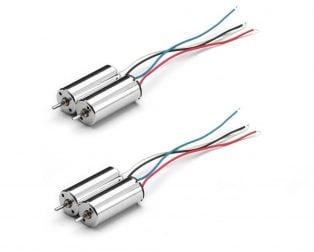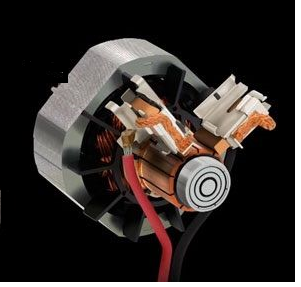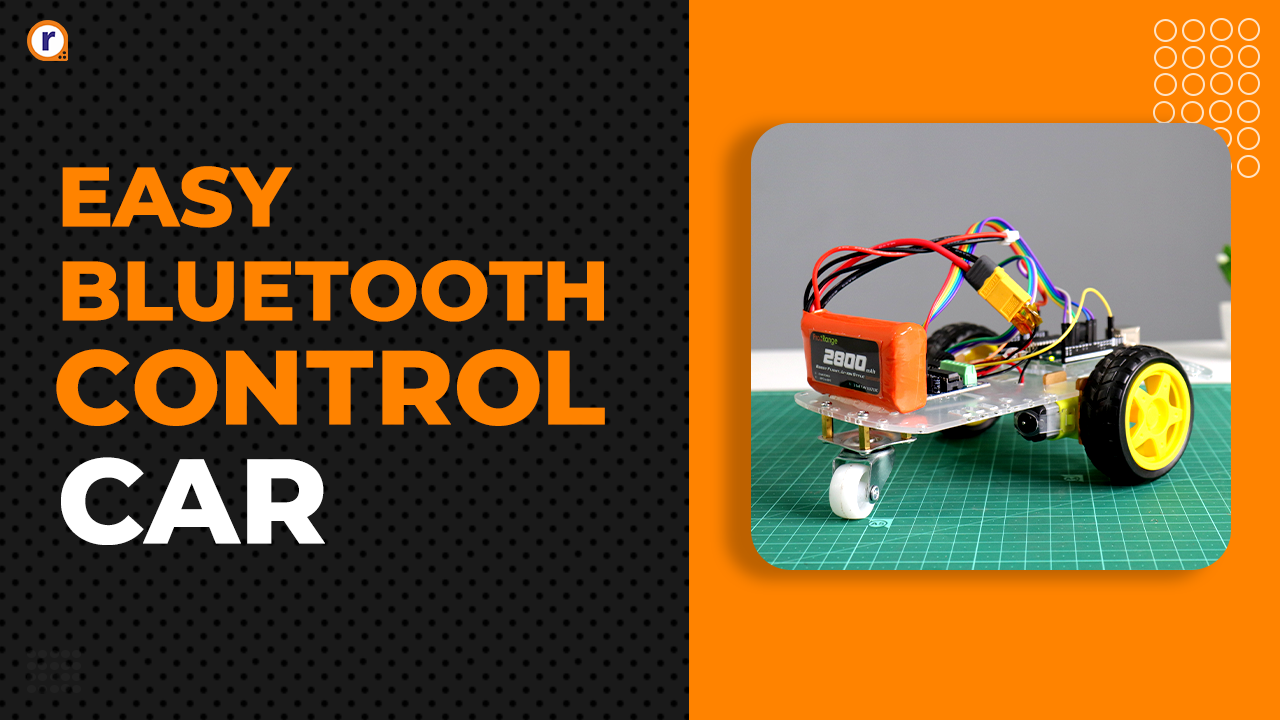Brushed DC Motor Working Principle and Applications
Learn about the Brushed DC motor, its construction, working principle and applications along with its advantages and disadvantages.

The brushed motor is one of the earliest and simplest motors as it implements the laws described above in the simplest manner. In this blog we'll learn about the Brushed DC motor working principle and applications.
What is Brushed DC motor?
Brushed DC motors are one of the simplest types of DC motor. It uses brushes to deliver current to the motor windings through mechanical commutation.
The number of coils wound around the motor and the density of the coils determine the properties of the motor. The armature or rotor is an electromagnet. The field magnet is a permanent magnet. This motor does not require any controller to operate or vary the speed.
MUST READ BLOG POSTS ON DC MOTORS
- Working Principle of DC Motor
- What is Brushless DC motor
- Difference between Brushed and Brushless DC motor
- Difference Between AC and DC Motor
- Different Types of DC Motor
- Applications of Dc motor
- Speed control of DC motor
Construction of Brushed DC motor?
It typically consists of a pair of permanent magnets named as the stator and a motor coil named as the rotor connected to a commutator. In this motor, armature winding is on rotar and permanent magnets are always on the stator.
 The current-carrying conductors always locates on the turning part. practically, these conductors get power from direct current power source. It uses metallic brushes (which rotate along with the rotor) to transfer the current to the coil. Though these motors are quite efficient but they require periodic maintenance of brushes.
The current-carrying conductors always locates on the turning part. practically, these conductors get power from direct current power source. It uses metallic brushes (which rotate along with the rotor) to transfer the current to the coil. Though these motors are quite efficient but they require periodic maintenance of brushes.
Brushed DC Motor Working Principle
When power supplies to the motor through battery or any DC source, electricity flows from the source to the armature through the brushes which usually locates on opposite sides of the motors shaft. Brushes are the very importent part of this motor. These brushes transfer electric current to the armature through physical contact with the commutator.
As soon as the armature coil gets energy or power, it begins to behave like a magnet. And at this point its poles start repelling the poles of the permanent magnet which makes up stator. As the poles repel, the motor shaft where the armature coil attached begins to rotate with a speed and torque. The Speed and torque depends on the strength of the magnetic field around the armature.
Usually the strength of the magnetic field is a function of the voltage applied at the brushes and the strength of the permanent magnet used for the stator.
Advantages of Brushed DC motor
- Low overall construction costs
- Can often be rebuilt to extend life
- Simple and inexpensive controller
- Controller not needed for fixed speed
- Ideal for extreme operating environments.
Limitations of Brushed DC motor
- Less efficient
- Electrically noisy: The switching action of the commutators constantly creating and breaking inductive circuits creates a great deal of electrical and electromagnetic noise
- Lifespan: As they are in perpetual physical contact with the shaft, brushes and commutators wear out
Applications of Brushed DC motor
- Though these motors mainly use in household appliances and in automobiles.
- These motors still use for industrial purposes for both low and high power, fixed and variable speed electric drives.
- They still use for paper machines, cranes, electrical propulsion, sewing machines, power tools, and steel rolling mills.
We at Robu.in hope that you found it interesting and that you will come back for more of our educational blogs.








